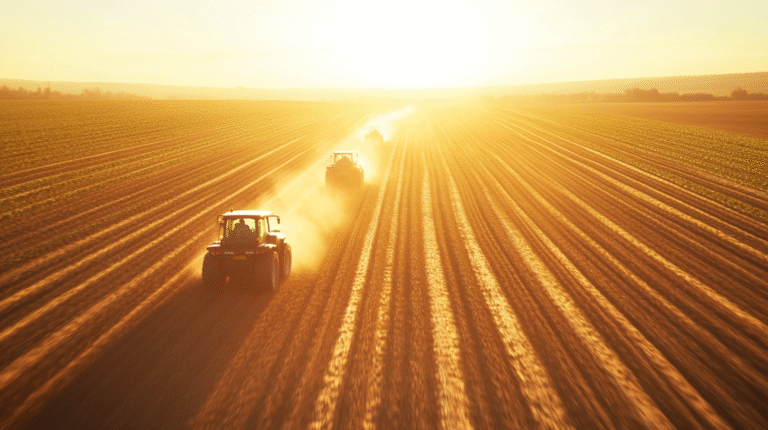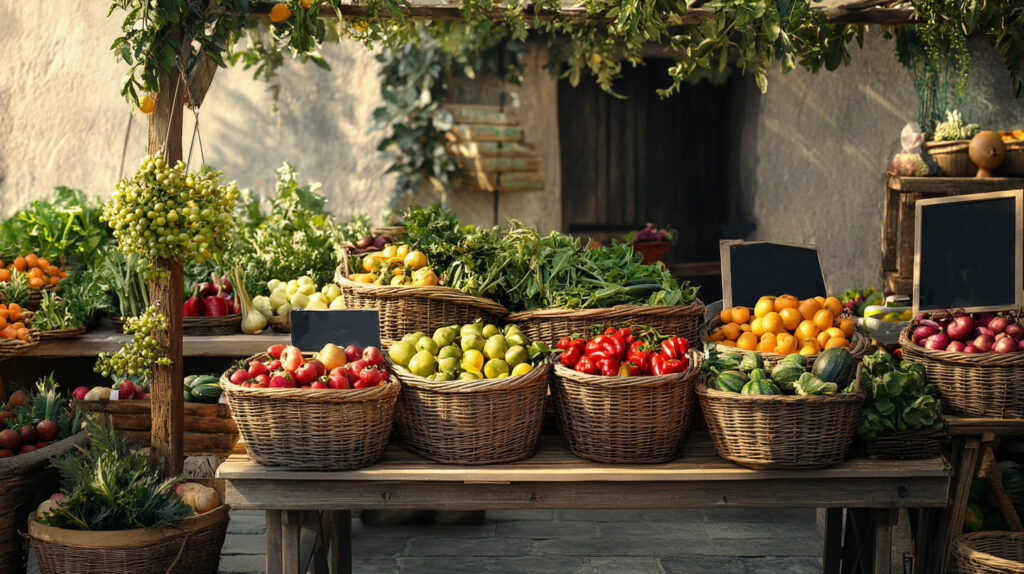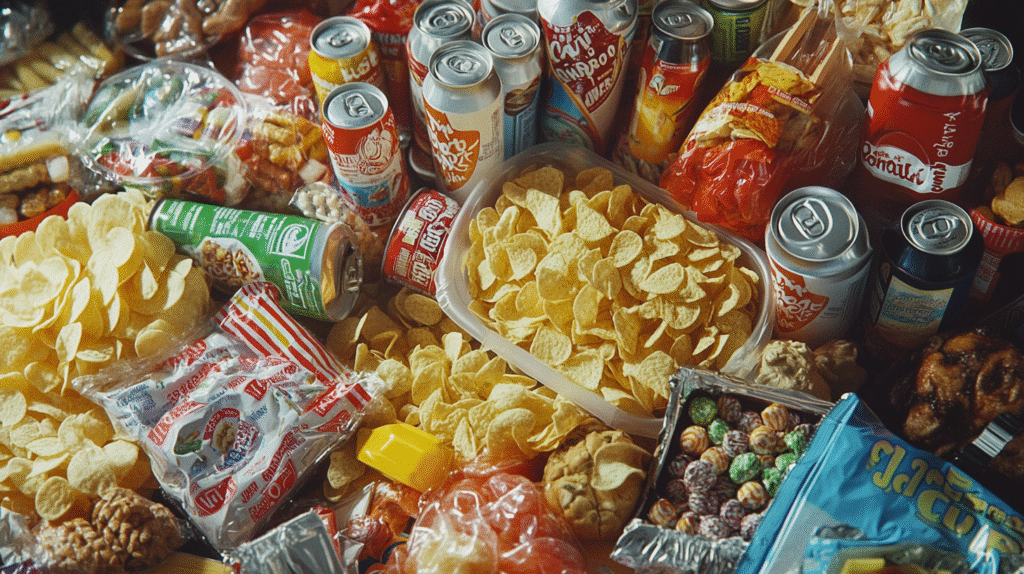Genetically modified organisms (GMOs) have transformed global agriculture. Through genetic engineering, scientists alter the DNA of crops to make them more resistant to pests, drought, and disease — or to increase yields and shelf life. These changes have helped boost food production and reduce losses in many regions, especially where climate and soil conditions are challenging.
But GMOs are also the subject of intense debate. Supporters argue that genetic modification is a scientific breakthrough that can combat hunger and reduce the need for pesticides. Critics, however, raise concerns about long-term health effects, environmental consequences, and the power of large biotech corporations over food supply chains.
In the U.S., genetically modified corn, soy, and cotton are widespread. But in parts of Europe and Latin America, strict labeling laws and public skepticism have limited their presence. Some countries ban GMOs entirely, while others allow their use but require clear labeling.
The GMO debate is not just about science — it’s also about trust, access to information, and the kind of future we want for food.
🌽 Genetically Modified Food: Innovation or Risk?






